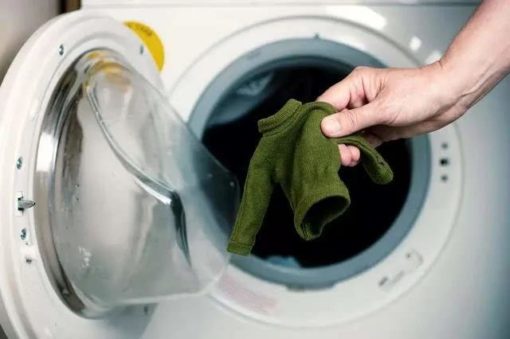
NewsInformation Center
Fabric shrinkage | Washing dimensional change rate test method
2023/02/07
Washing changes directly affect the stability of clothing shape and the aesthetics of clothing, thus affecting the use and wearing effect of clothing. Therefore, the shrinkage rate of the fabric, that is, the rate of change in size after washing, is an important indicator for testing the quality of clothing.
1. Shrinkage test standard and test equipment
Common Washing Standards
International standards: ISO 6330, ISO 5077
European Standard: EN ISO 6330, BS EN ISO 6330, DIN EN ISO 6330, EN 25077
American Standard: AATCC 135
Chinese national standard: GB/T 8629, GB/T 8930
Japanese Standard: JIS L 1930, JIS L 1906
2 Test procedure: washing dry ironing
In terms of test procedures, the national standard GB/T 8629 and the Japanese standard JIS L 1930 are basically equivalent to ISO 6330, and the washing procedure of the reference standard ISO 6330.
There is also a commonly used shrinkage test method in the Japanese standard is JIS L 1096. This method has different methods and parameter settings from A to G, which is a unique method in Japan.
If you carefully compare the American Standard AATCC 135 and ISO 6330 B machine washing procedures, you will find that they have many similarities. The B machine washing procedure of ISO 6330 is like the arrangement and combination solution of temperature, washing time and rotation speed in AATCC135.
AATCC 135 Test Procedure
For the choice of test washing temperature, the national standard is mainly specified by the customer or cites the corresponding clothing standards, such as shirt standards, single-clip clothing standards, etc. The clothing standards will directly affect the washing procedure and temperature specified. The American Standard and the European Standard mark the temperature according to the washing of wheat, and the Japanese standard JIS L 1930 is also based on the washing of wheat. The Japanese standard JIS L 1096 customer will specify the specific method, for example, the F2 method is 60 degrees, and the F3 method is 100 degrees.
Previous: Why do you use a flammability test for polymer composites?
N e x t : What are the food packaging bag sealing test methods?




